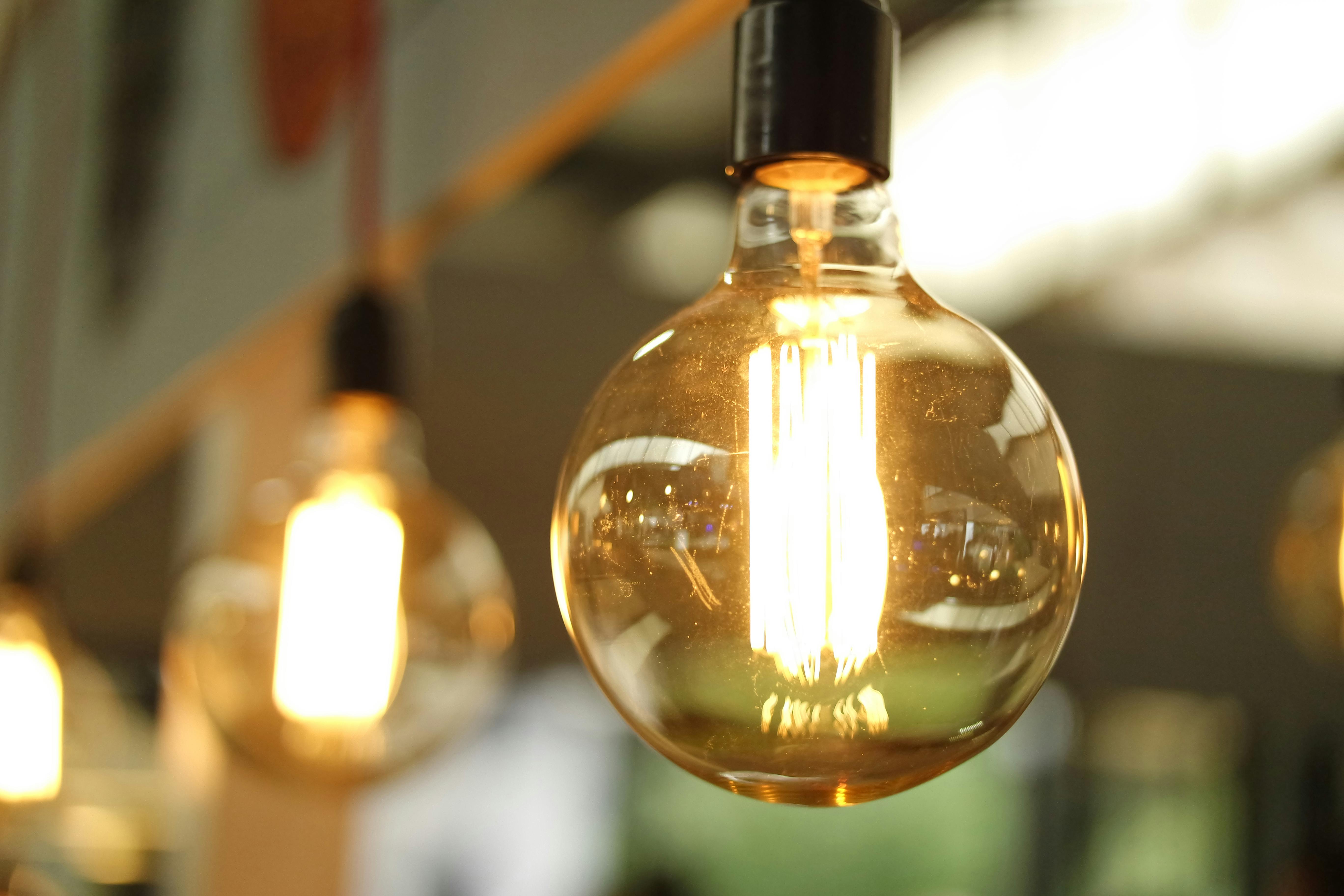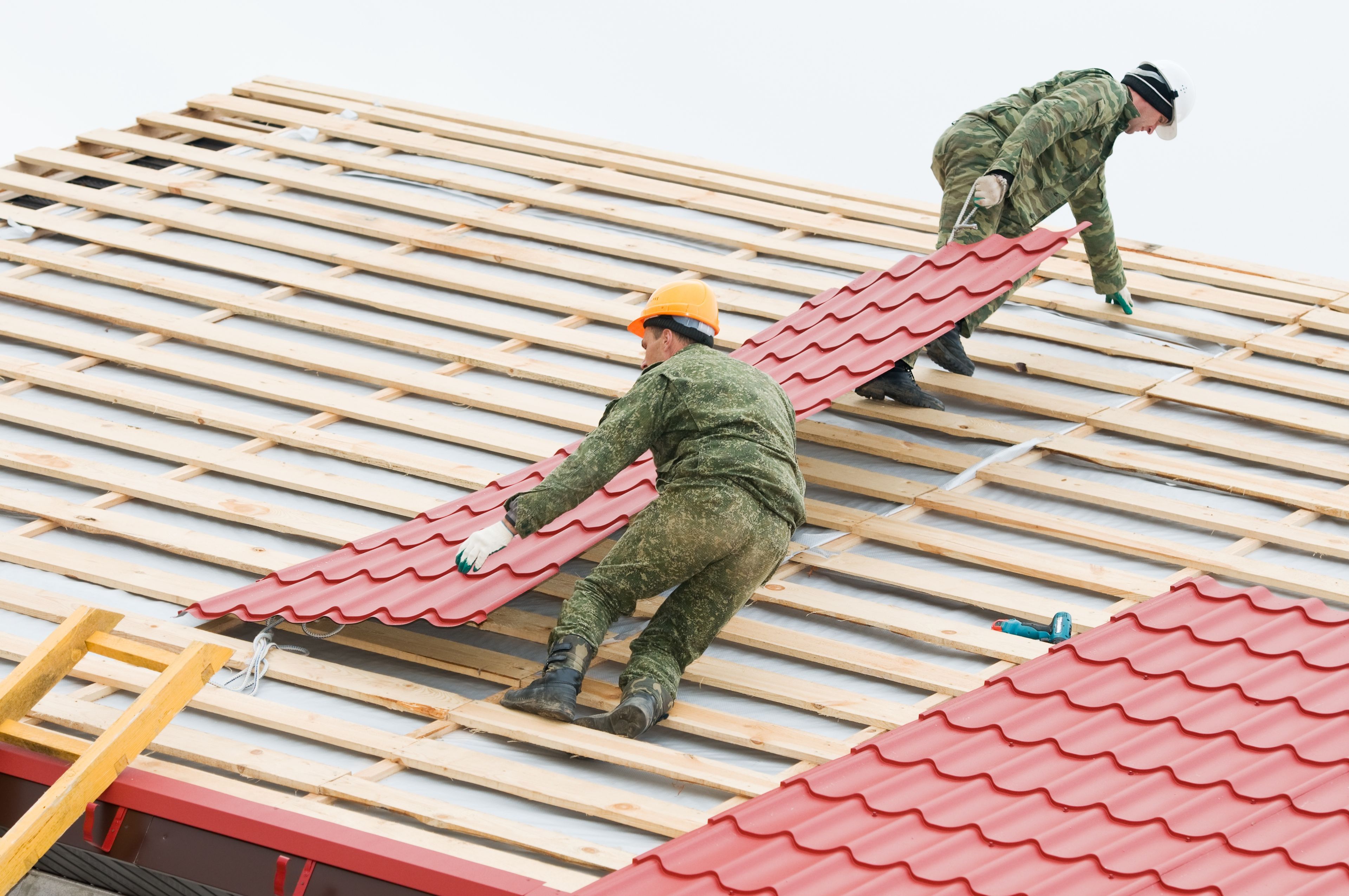How to Make Your Home More Energy Efficient and Green

Even if you aren’t ready to spend a significant amount of money on renovations, there might be a handful of smaller upgrades that will make your home much more efficient. Carrying out a few of these projects could end up saving you hundreds of dollars a month on your electric, water, and gas bills. Here is a quick look at four steps that you can take to improve your home’s efficiency and reduce your carbon footprint.
Install Low-Flow Fixtures
In the average American home, showers account for just over 17 percent of all indoor water use. Installing low-flow showerheads throughout your home could reduce how much water your family uses by thousands of gallons a year. There are also hundreds of low-flow products for kitchen taps, bathroom faucets, toilets, and outdoor spigots. These devices are easy to install, affordable, and extremely effective.
Switch to Tankless Water Heaters
Traditional water heaters keep huge basins of water warm at all times, and that is very inefficient. If you have a larger family or use multiple fixtures at the same time, then it might take 15 minutes or longer for the fresh water to heat up once the basin has been emptied. Tankless water heaters use just a fraction of the electricity because they only heat up water as it is being used. Smaller tankless water heaters can be installed in strategic areas throughout a home or you can invest in a larger unit for the entire household.
Update Your Windows
Quite a bit of heat transfer takes place through a home’s windows, and that can wreak havoc on your energy bills. Modern energy-efficient windows are designed to prevent as much heat transfer as possible while still letting in plenty of sunlight. These windows also have a much tighter fit with the nearby walls to prevent unnecessary drafts. When combined with thick drapes, you might be able to reduce your energy bills during the coldest months of the year by a substantial amount.
Upgrade Your HVAC System
Working with a contractor who can help you optimize your HVAC system is another great way to reduce your carbon footprint. In most states, indoor temperature control accounts for around 48 percent of the average home’s energy consumption. Some companies, like Derek Sawyers Heating and Air Conditioning, know how important it is to maintain your HVAC system. In addition to upgrading your HVAC system as it gets older, one of these contractors can also help you carry out seasonal maintenance. This will keep your furnace and air conditioner running smoothly.
One of the best ways to track your progress on this journey is to schedule regular home energy audits. An inspector can carefully look over your property to determine where improvements need to be made and what upgrades will have the greatest return on investment.


0 Comments
Recommended Comments
There are no comments to display.